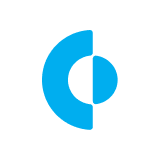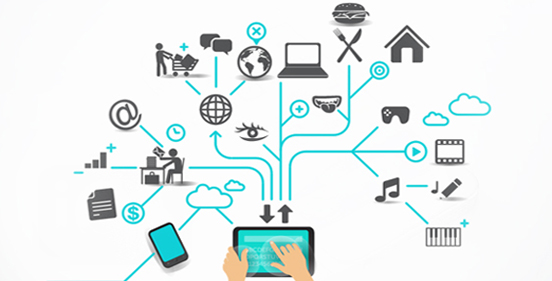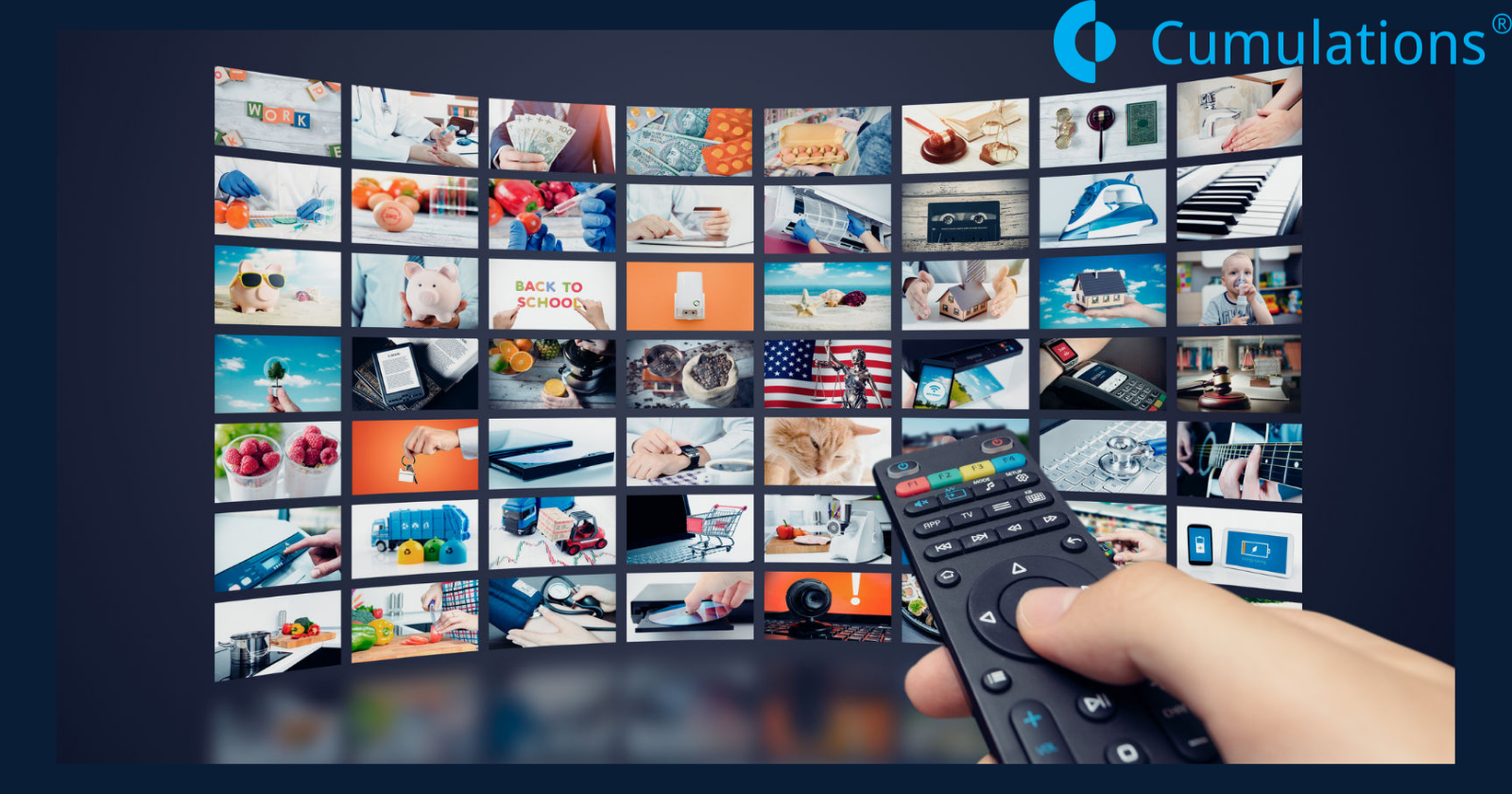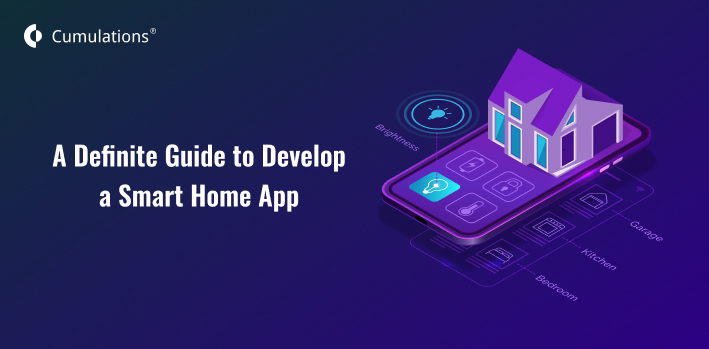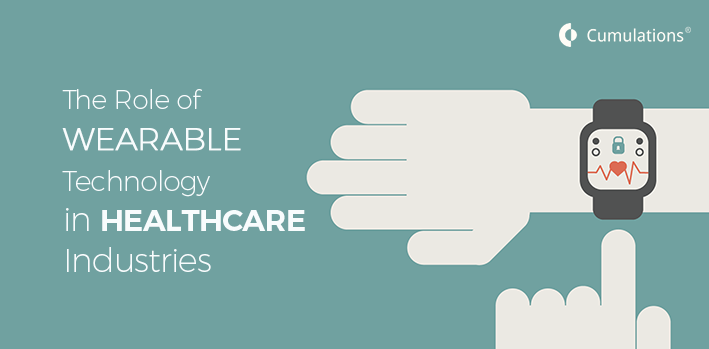
If there is one industry that has been drastically impacted by wearable technology, it is the healthcare industry. Healthcare and medicine have expanded in leaps and bounds over the years. The magic that medical science can perform today is made even more prevalent thanks to wearable technology.
Wearable technology rely heavily on various types of sensors. These can be embedded in the clothing or jewelry and other accessories besides the more common version we see-smartwatches and bands. These wearables take prognosis, diagnosis and treatment a whole new level. Major players in the healthcare industry like Northwell are now venturing into incorporating wearable technology on a large scale mainly because of the remarkable benefits it can deliver.
A boon for the patients:
While we casually use wearable smart watches to monitor heart rate, sleeping pattern and more, the actual medical application of this technology is a boon for the patients. This is true especially for those with chronic conditions that require constant monitoring. This would make it convenient by continuously collecting medical data required to give a more accurate picture of the underlying condition. There are patches that can be placed on the skin to gather data. These patches can provide real-time medical grade data to draw a clear pattern. If there is a patient who has to be monitored every few hours, an alternative to hospitalization is the use of such wearable patches that can record all the information required.
Reducing medical expenses:
Trips to the hospital themselves can cost time and money. Then come to the consultation charges and the other expenses. Wearables have been seen to bring down the healthcare expenses. This is particularly true for patients with conditions like hypertension, diabetes and others that would require frequent evaluations. Early diagnosis of a health condition would also help in easier treatment and thus reduce the treatment expenditure and complications involved as well.
There is so much in it for the doctors and surgeons:
Doctors might find it easier to diagnose an underlying condition when real time data is made available to them. The data collected helps understand the intensity of the condition and thus also helps doctors to prioritize cases. Surgeons all over have found the use of wearables like Google Glass pretty useful in complicated surgeries. These help them superimpose CT scan and ultrasound images on the target area to get a more accurate picture. This is an area that is now expanding explosively.
Must Read: https://www.cumulations.com/blog/wearable-technology-and-app-development/
Inspiration to improve the current scenario:
Small scale wearables with basic sensors allow users to track the heart rate, activity levels and sleep patterns. These are very much in need with the changing lifestyle habits. Monitoring and understanding the activity levels can inspire users to stay active and stay fit. There are fitness bands that come with periodic reminders which can be set to go off on sensing a select period of inactivity. These would constantly remind the user to stay active. This would help transform the current scenario where aging and age related health conditions have now been frequently reported in the youth.
Healthcare when you need it the most:
By being there all the time, wearables truly fulfill the purpose of the healthcare industry. These help tackle emergency situations. Smart medical grade wearables can not only monitor data but can also keep sending them to the concerned physician. There are sophisticated smart devices that can also predict any imminent emergency and warn the patient and the doctor simultaneously. These devices can also give the patient access to relevant information related to first aid that might help in that situation while simultaneously calling out for medical help as well. This would help the doctors to keep all required medical facilities ready while the patient is brought in, on time as well.
Apple smartwatches themselves are known to perform a lot of cool functions. But we now have rumors that we might soon get an update where the smartwatch can use light to collect blood glucose related data non-invasively which would be a very intuitive feature that most users would find beneficial. There are much more such advancements happening every minute. These are all indicators of how wearable technology is slow and steady transforming the healthcare industry for good.


 +91-984-5825982 | +91-996-4689921
+91-984-5825982 | +91-996-4689921 sales@cumulations.com
sales@cumulations.com Send your requirement
Send your requirement 